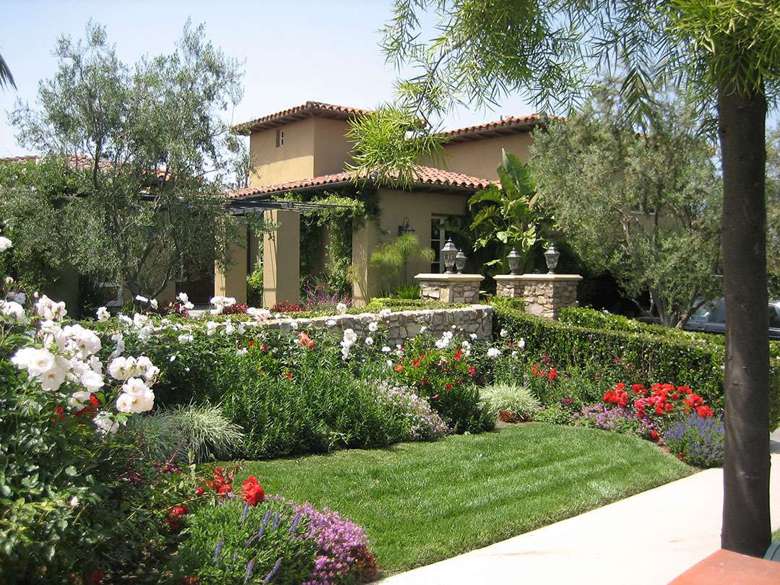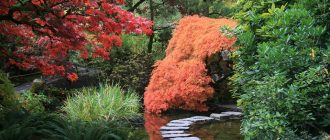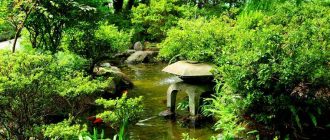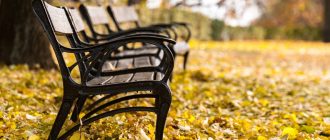What are the most fitting Japanese garden plants for your project? We’ve included some great ideas on choosing the most popular plants for any Japanese garden…
Every gardener has his own preferences for choosing garden plants. Often times, these choices are dictated by the climatic conditions and the culture of the people. Japanese gardeners also select plants that are typical for a Japanese climate and, of course, Japanese culture, but now have been replicated the world over because of their sheer beauty and aesthetic sense.
Japanese Bamboo Gardens
Bamboo figures prominently in a Japanese garden. This plant defines vitality of life and is the most popular plant in a Japanese garden because bamboo grows very fast. Within a month, you can have a good-sized, well grown plant. It is pliant, hardy and can be planted to accentuate the breeze with its wavy gentle swaying. The variety of bamboo plants used for Japanese garden plants are sasa, chiku, dake and take. Bamboo plants are essential in every Japanese teahouse garden where different types of bamboo arrangements are used.
Mossy Green Carpets: A Major Attraction in a Japanese Garden
Moss, grass and ferns are extensively used. Moss, also known as koke in Japanese, is laid out between tiles on raised platforms to give a beautiful green contrast to the stone.
Lotus, Goldfish and a Pond
If there is a Japanese garden, there will be a pond and lots of hasu plants in it. These are Lotus plants that go well with the pond and there are usually a lot of goldfish living in the pond to bring good luck.
Herbaceous Profusion of Colors
Herbaceous Japanese plants used profusely in Japanese gardens are Japanese ardisia, horse radish, white radish, white chrysanthemum, peony, water parsley, aster, daisy, Japanese pampas grass, gromwell, kuzu vine, shepherd’s purse, lily turf, monkey grass, cudweed, chickweed, calanthe, morning glory, iris, spider lily, henbit, deadnettle, Japanese snake’s beard and fringed pink. These Japanese garden plants are chosen because they bloom brilliantly colored flowers and their leaves are deep green, which contrast beautifully against a rock garden or a mirror or a Japanese trellis, which gives the entire garden a balanced mystical touch.
Bonsai Plants in a Japanese Garden
Japanese gardens use a lot of trees too. Many of these are grown as bonsai plants and are placed in pots or small containers. The bonsai plant varieties are Japanese black pine, Japanese white pine, plum and cherry, which are used in Japanese gardens. Japanese black pine is the most favored bonsai plant used in Japanese gardens because it is a hardy plant that lasts long and looks green at all times. A Japanese maple bonsai plant contrasts beautifully when laid in a rock garden made out of rounded bleach-white river stones.
Other Plants Used in Japanese Gardens
The use of purple leafed Japanese palmatum provides a dramatic contrast against brilliant green foliage of the trident maple, which is used as corner plants to accentuate the boundaries of a garden. A Japanese wisteria is often used to accentuate a column effect in a garden with its five feet tall foliage and bright white flowers that look like long stringers of confetti.
These are the main Japanese garden plants used for beautifying a garden.





